wall patches have noticeably different texture from rest of wall
civ_IV_fan
13 years ago
Related Stories
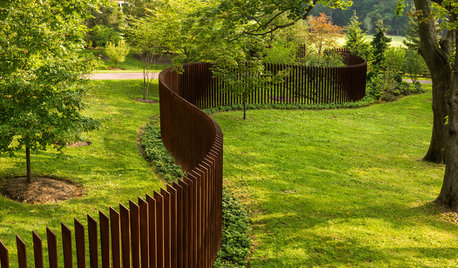
FENCES AND GATES12 Delightfully Different Garden Walls and Fences
If pickets seem picked over and you shrink from chain link, try these full-of-personality fencing alternatives
Full Story
HOUSEKEEPINGQuick Fix: How to Patch a Drywall Hole
Dents and dings disappear, leaving your walls looking brand new, with this fix that even a novice can do
Full Story
COLORPaint-Picking Help and Secrets From a Color Expert
Advice for wall and trim colors, what to always do before committing and the one paint feature you should completely ignore
Full Story
COLORFUL HOMESHouzz Tour: Edinburgh Apartment Goes From Bland to Bold
A designer aims for comfortable luxury as she decorates her home with rich wall colors, family antiques, vintage pieces and travel finds
Full Story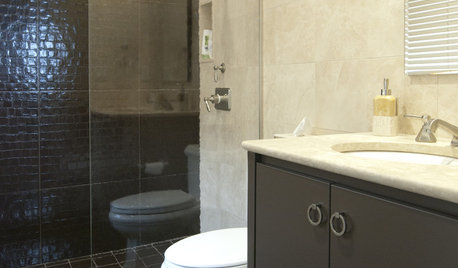
WALL TREATMENTSWild Texture: Crocodile Rocks
Try the look of croc on your upholstery, tiles, walls and even the tub
Full Story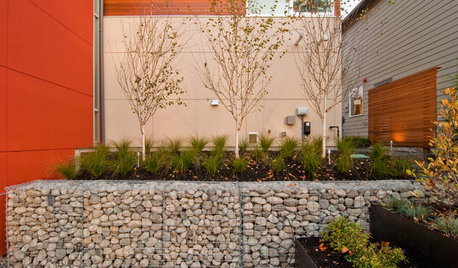
LANDSCAPE DESIGNGarden Walls: Gabion Evolves From Functional to Fabulous
The permeable rock-, concrete- or glass-filled steel cages are showing up as retaining walls, planters, benches and more
Full Story
DECORATING GUIDESTravel Takeaways: Decorating Lessons From a Lavish Paris Hotel
Bring Belle Époque style home with rich colors, courageous patterns and textures, and an unmistakable sense of individuality
Full Story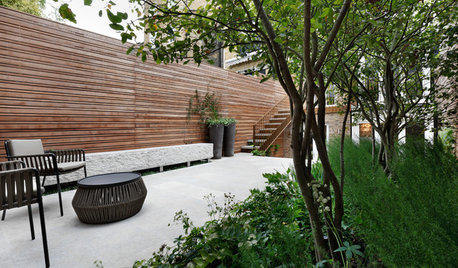
URBAN GARDENSIn London, a Crowded Patch of Grass Becomes a Patio for Entertaining
A chic combo of wood siding, clever plantings and lots of elegant sandstone transforms a plain garden into a stylish space
Full Story
GARDENING GUIDESInvite Cellophane Bees to Your Garden by Providing Patches of Bare Soil
Look for cellophane bees (Colletes) pollinating flowering trees and shrubs in U.S. gardens this spring
Full Story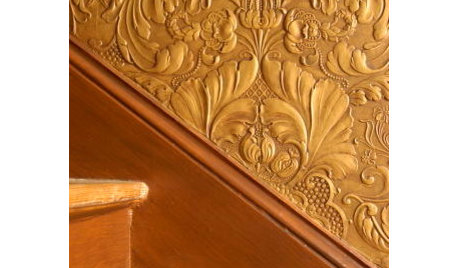
DECORATING GUIDESBrush Up on Paintable Wallpaper for a Posh Look
Customize your wall treatments the affordable way, with richly textured wallpaper painted any color you like
Full StoryMore Discussions











Faron79
civ_IV_fanOriginal Author
Related Professionals
Hermosa Beach Painters · Indianapolis Painters · Minneapolis Painters · Poinciana Painters · Tomball Painters · Vista Painters · North Bellmore Painters · Beaufort Flooring Contractors · Carlisle Flooring Contractors · Chelsea Flooring Contractors · Conyers Flooring Contractors · Garfield Heights Flooring Contractors · Lakeville Flooring Contractors · Murfreesboro Flooring Contractors · Seymour Flooring Contractorshoffmalr_gw
paintguy22
Lori A. Sawaya
zoecobb
Saypoint zone 6 CT
zoecobb
Shaun Sims
Shaun Sims